Going for Gold in the Garden
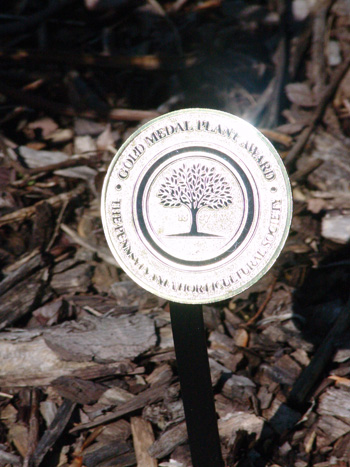 As newly crowned Olympic gold medalists make their media tours across the US, other less successful Olympians rededicate themselves to the pursuit of gold. As a gardener, you can also strive for gold in the garden. This gold will not result in an interview on the Today Show, but the creation of a great garden with plants of multi-season interest and no intensive care by the gardener. Ok, you might get on a garden tour or two. 😉
As newly crowned Olympic gold medalists make their media tours across the US, other less successful Olympians rededicate themselves to the pursuit of gold. As a gardener, you can also strive for gold in the garden. This gold will not result in an interview on the Today Show, but the creation of a great garden with plants of multi-season interest and no intensive care by the gardener. Ok, you might get on a garden tour or two. 😉
This gold standard in the garden is created with use of Gold Medal plants. Gardeners who use Gold Medal plants can be assured the plant will exhibit standards of excellence for pest and disease resistance, as well as ease of growing, when planted and maintained by recommended methods. Gold Medal plants are also chosen for their beauty through many seasons, whether it be foliage, flower, form or bark. These “gold medals” are award every year by a committee of local horticulture professionals through the Pennsylvania Horticultural Society.
Olympians use their gold as their latest accessory for all their interviews, and you can accessorize your garden with gold also. I asked our gardeners about their favorite “gold medal” this season.
Nicole Selby, gardener and organic lawn coordinator, is currently enamored with Aesculus pavia, red buckeye. She delighted in exclaiming how this plant is “just cute!” It offers amusing panicles of coral-red flowers in early May which is not a flower typically seen on trees. It is also a great attractor of hummingbirds. This native shrub also offers, as described by Nicole, “interesting nuts.” The term “buckeye” refers to the large round fruits produced in the fall, which have always been a great food for squirrels. Aesculus pavia is the 1995 winner of the Gold Medal.
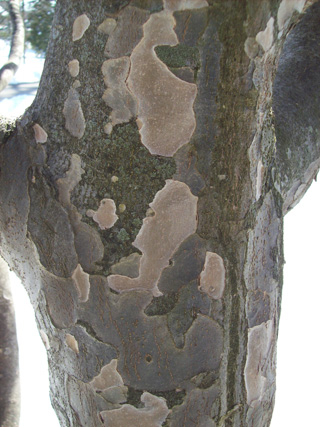
Parrotia persica has tapestry of cream, grey, and forest green on its bark. photo credit: J. Coceano
Hudson Kalble, our newest gardener, is captivated by Parrotia persica, Persian ironwood. A new plant to him, Hudson is charmed by the beautiful tapestry of cream, grey, and forest green on the bark of the tree as well as the glossy green leaves seen in summer. He is anticipating the mottled red-purple fall color and curious clusters of burgundy flowers this winter of this 2000 Gold Medal winner.
Josh Coceano, our horticulturist, is dreaming of hydrangea vines. The 1998 Gold Medal winner Schizophragma hydrangeoides ‘Moonlight’, as described by Josh, has “fantastic silver variegation on a self-climbing/clinging vine that isn’t overly aggressive.” He expounds on how this vine is great in the shade where the variegation helps illuminate dark, shadow-filled areas. It also produces white, fragrant, hydrangea-like blooms in June-July when planted in half-day sun.
Experience many of the over 100 Gold Medal winners in gardens of the Scott Arboretum. Visit our Gold Medal Plants Garden to experience the plants highlighted here. Explore all the award winners on the PHS website. Go for the gold and create your own Olympic caliber garden!






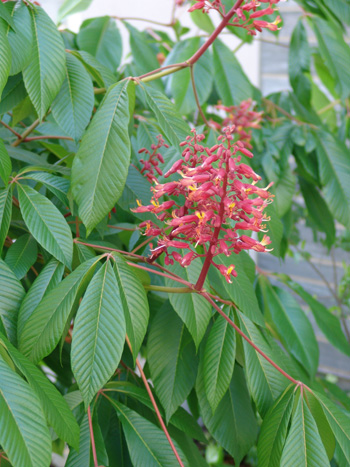
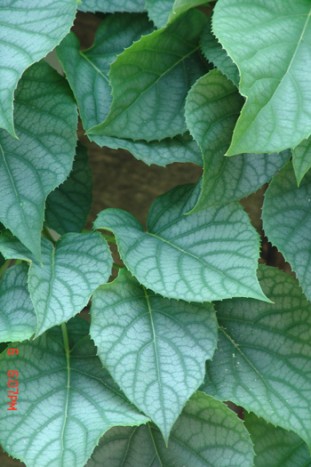
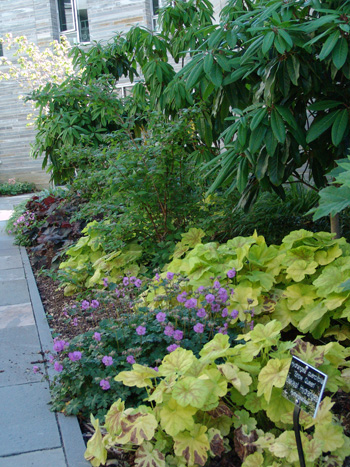
No Comments